What are the Best Wedges for Spin? You Need to Get Into the Grooves
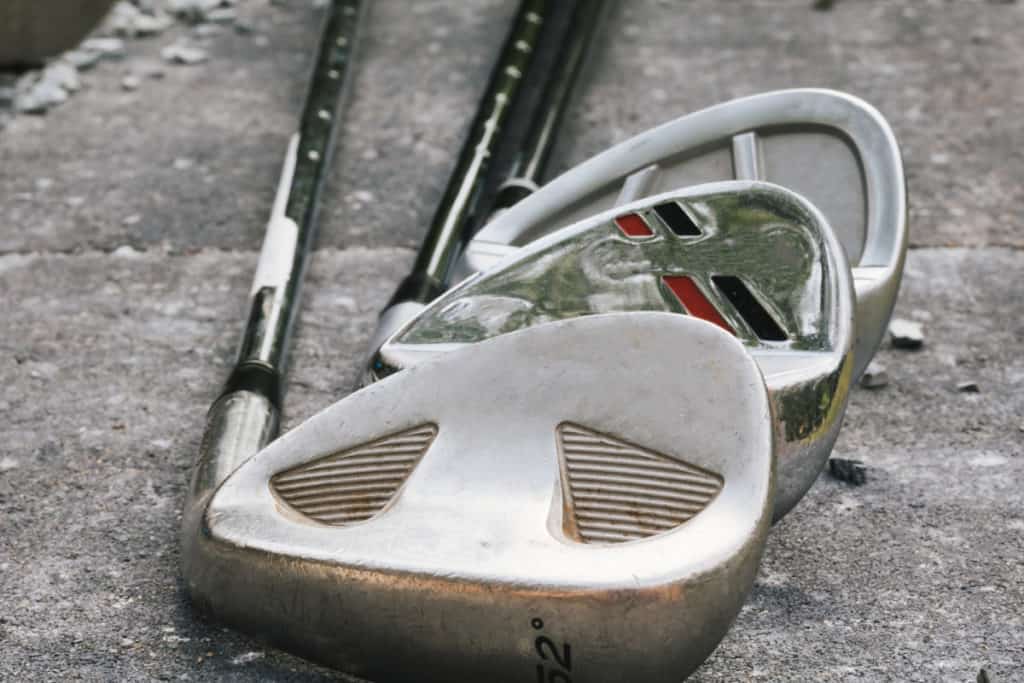
Professional golfers seem to have the ball on the string when they spin the golf ball with a wedge shot.
And no matter how long you have been playing the game there is a certain buzz which comes when you rip the ball back on the green following a crisply hit wedge.
But is it me or the wedge itself which should get the plaudits for these shots? I started looking therefore into how much different wedges spin.
So, what are the best wedges for spin? Wedges with higher lofts and laser-etched grooves optimise golf ball-to-face friction to create maximum spin. Finishes designed to rust over time can also impart more spin. Dirty grooves and age negatively affect spin. A new wedge can spin up to 2,000 RPM more than a wedge played for 125+ rounds.
The amount of spin you get from a wedge shot is clearly affected by multiple variables in addition to the type of wedge you use.
The ball, the weather, the way the green slopes, the type of grass and speed of the greens will all affect spin.
But when choosing the right wedges for your game, you should consider more than just what gives you the most spin. The majority of the time professionals want less spin rather than more.

Grooves are The Key When It Comes to Wedge Spin
When it comes to golf clubs, and particularly wedges, the key design element affecting spin are the grooves.
The easiest way to think about grooves on a golf club is to equate them to the tread on a car tyre.
Just like the tread of a tyre generates grip on the road each groove of a golf club grabs the ball to create spin.
And just like the design of tyres where the depth of the tread is directly linked to increased grip golf wedges were historically designed with deep grooves to create more backspin.
Deep grooves were eventually considered to give golfers an unfair advantage so since 2012 their use has been banned by the R&A and USGA.
The rules therefore now restrict groove volume and the edge radius on wedges resulting in a higher launch angle and less backspin.
As a result, there are now two different styles of grooves in wedges:
- Vintage finished grooves, and
- Laser-etched grooves.
Wedge with laser-etched grooves maximise the amount of ball-to-face friction to create maximum spin while vintage finish grooves rust in a way that compliments the sound and fell inherent in the metal.
The current rules have also not stopped wedge manufacturers pushing the boundaries with the latest technologies to create wedges which generate the most spin from both the fairway and the rough.
Various companies, including Ping and Callaway, have added an ‘extra’ groove close to the leading edge of some of their wedges to increase spin rates.
Loft is also clearly a key component which affects spin. The higher the loft the more the grooves will be designed to increase spin.
Lower lofted clubs, by comparison, have more lenient grooves to encourage trajectory control at the same time as giving enough grip on the ball.
A Good ‘Clean’ and a Finish also Helps Wedge Spin
In the past all wedges were coated with chrome for a bright shiny look.
These days are long gone however and golf club designers are now also using the ‘finish’ they put on wedges to help increase spin.
While the finish on most wedges is still mostly cosmetic to appeal to the golfer’s eye there are exceptions.

Unplated or raw (i.e. unchromed), and nickel-coated or ‘oil can’ finishes are specifically designed to rust over time and therefore typically lead to improved spin.
Cleanliness is another critical factor when it comes to spin. Before they play a critical wedge shot how often do you see professionals reach over to their caddie for a final clean of the club before they hit the shot?
This is simply because dirt and grass in the wedge grooves, the key element remember when it comes to putting spin on the ball, will have a big impact on the amount of spin generated.
Water on the face of your wedge will also affect how much the ball will spin.
So if you are looking for spin it is vital the grooves of your wedge are clean and dry to give the club face the best chance to grip into the ball and generate as high a spin rate as possible.
Wear and Tear is The Enemy of Wedge Spin
All wedge grooves wear out over time and this has a direct impact on spin performance.
Testing by the Titleist Vokey Research & Development team found that a new wedge can generate up to 2000 RPM more than wedge which had been played with in 125 rounds.
And given how versatile wedges and are and the number of shots they can be used for it is likely your wedges will wear out faster than many of the other clubs you carry.
In addition to the normal wear and tear caused by regular practice and play, wedges are frequently used in conditions which lead to gradual groove wear.
Bunker shots essentially sand blast the face of the wedge while wedges are often used for recovery shots from abnormal conditions such as paths or other ‘debris heavy’ areas.
Hard covered golf balls, and range balls too will gradually wear down groove edges.
I am not saying though every player should get into the habit of replacing their wedges regularly.
Golf is not always the cheapest of games and we would undoubtedly not recommend changing your wedges just so you can get more spin on the ball.
But if you are practising regularly, playing 35-40 rounds a year, and looking for ways to improve your short game, it may be worth inspecting your wedges every 2 years, to see if the grooves are wearing down and starting to affect the amount of spin and control you are getting with your wedge shot.
Replacing wedges is not always cheap though and there is no requirement to keep on changing your wedges just so can generate more spin on the ball. Control and consistency rather than spin is more important in any case.
How to Create Backspin on Your Wedge Shots
It would great if you could just buy the right wedge, swing the club and automatically the ball starts spinning backwards when it hits the green.
If only golf was that simple and how you swing your wedges will have a direct impact on how much spin you will get.

The majority of amateur golfers take a long swing for their wedge shots and then inevitably decelerate as they strike the ball.
That is the opposite of what you want when looking to generate spin on the ball.
Shorter, faster, more aggressive swings which result in you accelerating through the ball will help you to create more spin on the ball.
So the next time you are faced with a wedge shot where you want to generate some spin here are a few basic tips:
- Position the ball in the middle of your stance
- Put your weight slightly forward (about 60%) towards the target
- Keep your swing short, and
- Accelerate through the ball when you strike it.
This will all help make sure you strike down on the ball and hit the ball with the leading edge of your wedge first rather the ground, so it then zips up all the grooves to create maximum spin. It will usually take a bit of practice though of course!
And remember not to forget to make sure those grooves are clean to give yourself the best chance of generating that spin!
Why You May Not Want the Wedge Which Generates the Most Spin
While it might feel and look great it to spin the ball 10 feet or so with a wedge shot it should be noted the majority of the time professional golfers do not actually want to spin their wedges.
Controlled wedge shots, where the ball bounces once, and stops dead or checks up before rolling out, is what they are typically aiming for.
They will, therefore, most often choose a less lofted wedge and swing more slowly to take the spin off the shot.
It also takes a lot of practice to hone technique and understand how to control wedges and alter spin rates which often makes these shots difficult for the average player to achieve.
So when you are choosing your wedges make sure you consider more than which club gives you the most spin.
Look for the wedge which gives you the most confidence and will give you the most consistent strike from the centre of the face.
The more consistently you strike the ball in the middle of the wedge face, the more predictable your wedge shots will be, and this will a long way towards lowering those scores.
More top articles related to this topic
- How Far Should You Hit Your Wedges? Be Sure to Fill the Gaps!
- Good Putting Numbers – It’s About 3 Putts Not Putts per Round
- Will Putting Practice on Your Carpet at Home Burn Your Scores?
- What is an Up and Down in Golf? It’s Important to Know!
- What Hybrids Should You Carry? It’s All About Ego
- Should I Play Blades or Cavity Back Irons? Use Your Head
RECENT ARTICLES
LEGAL INFORMATION
This site is owned and operated by Golfing Focus Limited, a private limited company whose registered office is in London, UK. Golfing Focus Limited is a participant in the Amazon Services LLC Associates Program, an affiliate advertising program designed to provide a means for sites to earn advertising fees (at no cost to you) by linking to Amazon.com. Golfing Focus Limited also participates in other affiliate programs with the eBay Partner Network, FlexOffers, CJ.com, Svorn and other sites and is compensated for referring traffic and business to these companies (again at no cost to you).
Our Socials


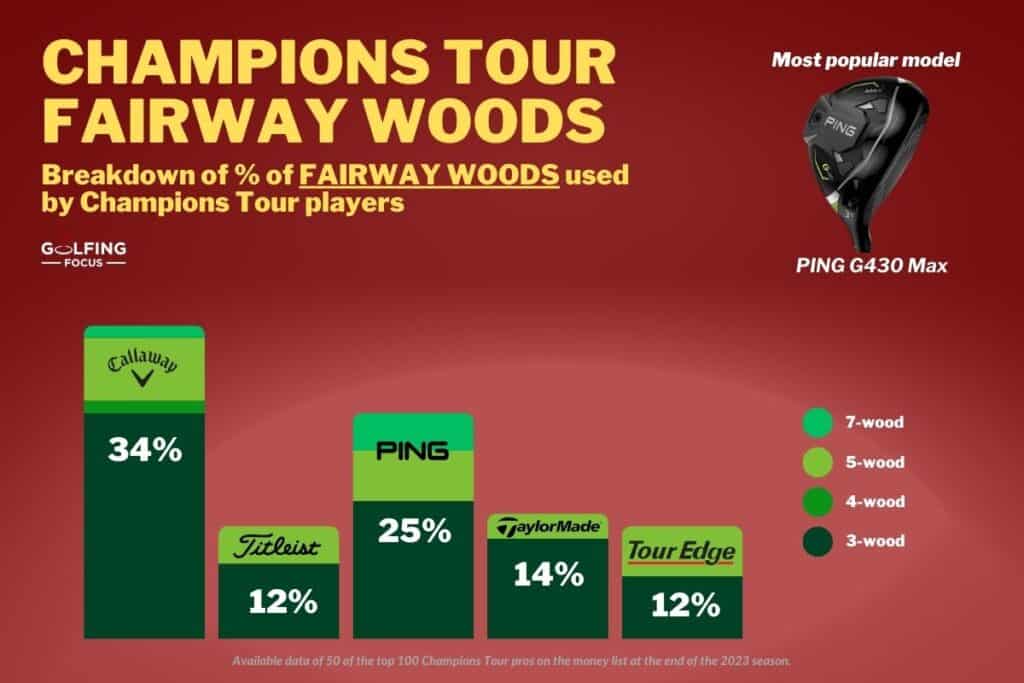
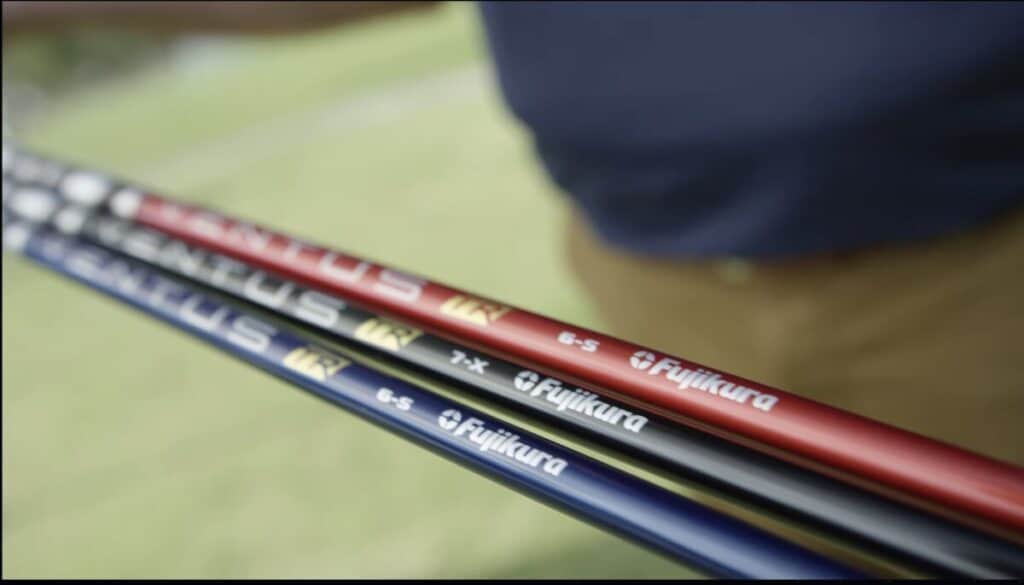
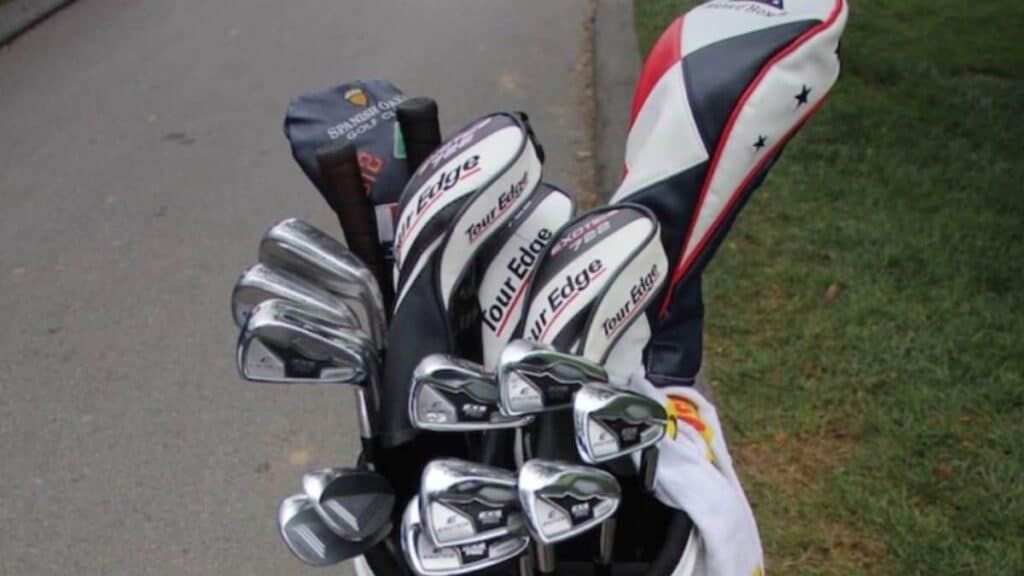
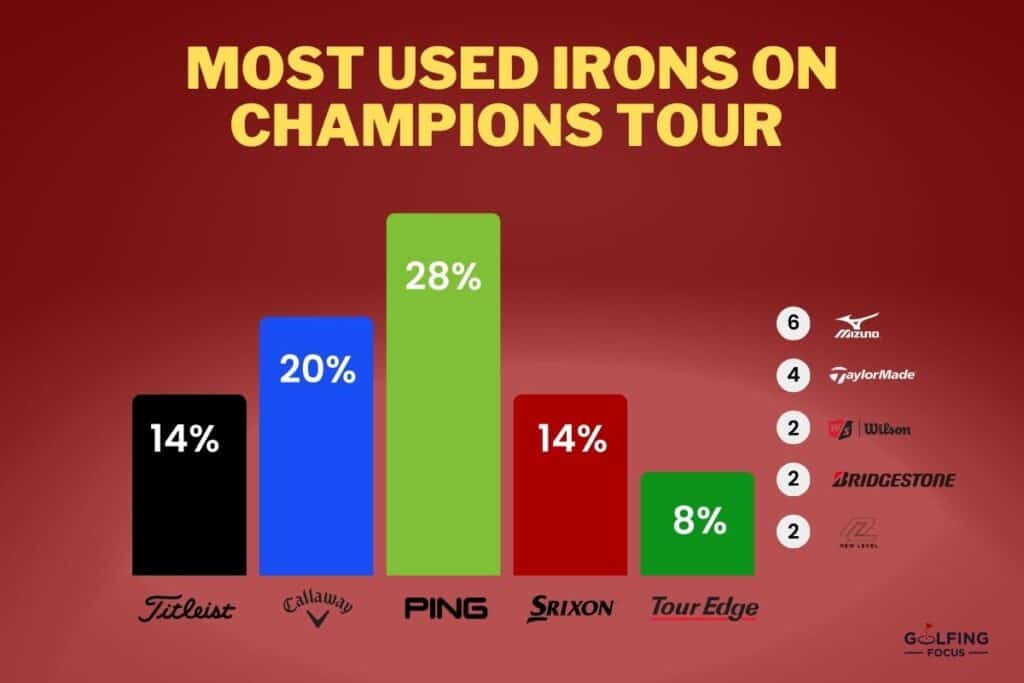
Leave a Reply